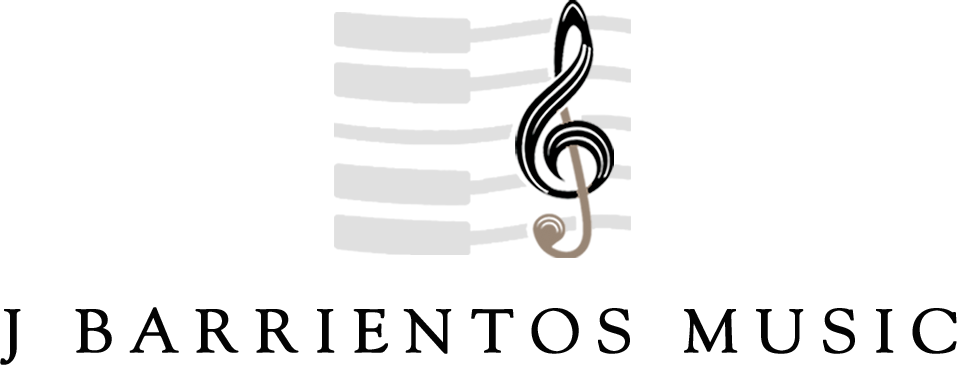MUSIC FOR SMALLER HANDS: HOW I FOUND THE WAY
As I have mentioned in one of my product descriptions I quit the piano and turned to other things, like electronics technology and later software engineering. It was when I saw and heard a thirteen-year-old Japanese girl on YouTube playing Liszt’s Rigoletto Fantasy, that I decided to get back into piano. I looked around for music to fit smaller hands, but the only things I found were the Sonatinas that I had already learned as a child. I also could play Chopin’s Nocturne in Eb, Opus 9 No. 2, the Minute Waltz, and Beethoven’s Pathétique Sonata. My signature piece became Chopin’s Revolutionary Etude, which I had to adapt only slightly.
But I wanted to be able to play the larger pieces that were transcribed for smaller hands. I found nothing. So, I began to see if there were pianos made for smaller hands. There were. I ran across the Donison-Steinbuhler standard for smaller keyboards that fit into an otherwise standard piano. For upright pianos, the engineer, David Steinbuhler, would get the piano and put in an action (which included the smaller keyboard) that he had made. At the time, the Walter Piano Company was the only one selling them, so I went to a piano store in San Jose, California that sold Walter pianos so I could try (a standard) one out. The owner of the store liked my playing so much that he wanted to hire me part time (I had a full-time job already). That, despite my speech impediment, which he felt could be turned to advantage, along with my playing. That was a fateful decision. While I had some success in selling, I most remember the day when Amy Hunter, founder of the Hunter School of Music (named after her father, not herself) with Dr. Brian Ciach, newly arrived from the East came into the store. They were looking for a piano to rent. When I found out that he had a doctorate in composition, I realized that this was someone I needed. I was interested in learning music theory to help me read music better. I was already learning theory self-taught (I tend to be an autodidact — that’s also how I learned classical and Koiné Greek as well as some Latin and Hebrew), but I knew he could take me to the next level, and even tweak my piano playing, as I was already getting back into practicing.
Brian was always encouraging, and frankly had more confidence in me than I had in myself. Almost immediately he wanted to delve into an in-depth analysis of Chopin’s Fourth Ballade. We didn’t then, but I continued to learn from him. Soon he introduced me to composition projects he was working on using music software. It didn’t take long for me to realize that such software would enable me to realize my original dream of having the great classics transcribed for smaller hands — doing it myself, at that! The rest, as they say, is history.
In coming iterations of this blog, I’ll discuss some of the theory work I have done, and maybe a review of the four music software programs I have used, with an explanation of why one of them is my favorite.
